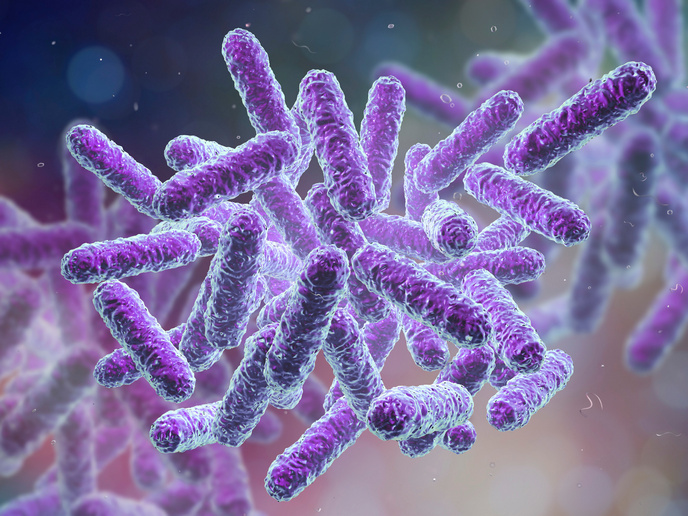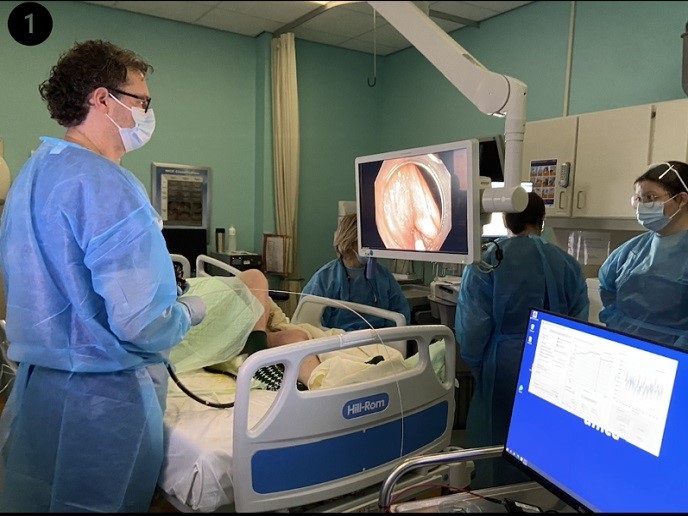Novel methods to ID cancer-driving mutations
Cancer remains one of the greatest sources of mortality worldwide. The gold standard for anti-cancer treatment, chemotherapy, relies on the fact that cancer cells cannot repair induced DNA damage. However, the development of resistance mechanisms often renders tumours unresponsive to classical or targeted chemotherapies. Combined with the lack of accurate identification of cancer cell defects, this prohibits tumour eradication. A promising concept to address these issues is a methodology known as synthetic viability, where a combination of gene defects rescues the lethal effects of a single gene change. Scientists of the EU-funded DDR SYNVIA (Cellular models for human disease: alleviation, mechanisms and potential therapies) project followed this approach to study relationships between DDR and other cellular components in cancer. They screened for genes whose loss suppressed cellular hypersensitivity to DNA damage as a result of loss of key DDR proteins. Researchers engineered cells lacking specific DDR proteins and used them in a gene inactivation experiment to create specific mutations. These cell populations, either defective for DNA repair or wild-type cells treated with a DDR inhibitor were then grown under DNA-damaging conditions designed to normally kill all cells. Cells that survived this treatment were then analysed to identify the suppressing mutations. Researchers discovered specific gene mutations that conferred resistance to a selective small molecule inhibitor of the Ataxia-telangiectasia and Rad3-related kinase (ATR), a key regulator of DNA replication and DNA damage response. A similar approach was employed to model two genetic diseases characterised by hypersensitivity to DNA damage, namely Fanconi anaemia and Xeroderma pigmentosum. Collectively, the findings of the DDR SYNVIA project uncovered new genetic interactions and provided fundamental insight into the basic biology of the DDR pathway. Future plans include negative screens to identify genes that, when ablated, confer hypersensitivity to DNA damage with selective DDR inhibitors. Overall, the identified gene targets will pave the way for the design of new personalised treatments for cancer.







